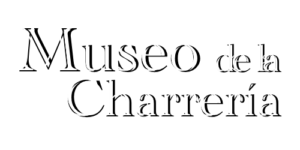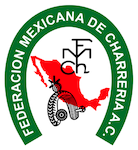16th CENTURY
Evolution of Charrería Throughout Mexican History
Charreria, as an equestrian tradition, originated with the arrival of the first horses in Mexico during the conquest.
"After God, to whom we owe the conquest of Mexico, it is to our horses" Bernal Díaz del Castillo "Historia verdadera de la conquista de Nueva España" (True History of the Conquest of New Spain),
During the first years of colonial life, what was left of the Aztec Empire was demolished. The layout of the new city, which would be the seat of the Castilians, was begun on the plots of land. The towns and Indians were distributed as encomienda to each of the Spanish soldiers, with the obligation to build the New Spain.
It was thus, at the expense of the Indians themselves, that the city arose as if by enchantment, while the defeated Indian, the true owner of everything, silently cultivated a shred of land, with the memory of his past glory.
The Spaniards, fearing the revolt of that brave and indomitable people, expressly forbade them to ride horses, under penalty of death and confiscation of goods. (Instructions given by the second audience in Madrid, July 12, 1530, law thirty-third, book six, title one).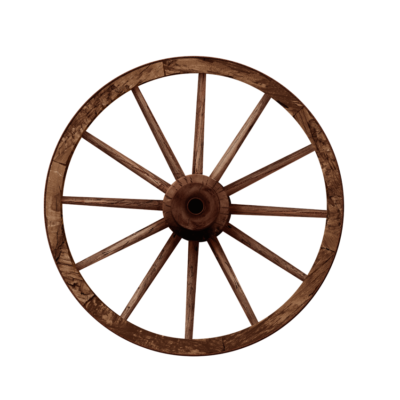
Colonists and friars arrived and imposed a new culture. Many pre-Hispanic elements disappeared with the brutal clash of two totally different worlds. Some survived and amalgamated with what the conquistadors brought, giving birth to a rich and diverse mestizaje.
The rural needs of the cattle breeders were attended to by mestizos and Indians, and by 1531, the Portuguese friar Pedro Barrientos taught them the breeding and preservation of horses, the art of taming them and running them bareback, with a rope and a halter.
In 1535, Sebastián de Aparicio, friar and saint, managed to get a soldier to build the first wheels and the first wagon in America, which allowed the opening of the roads, which relieved a little the servitude of the Tamemes. He was the guide and mentor of the Indians in the arduous tasks of domestication and use of the beasts for saddles, and requested the first permission to the kings of Spain, so that the Indians could ride, since then, the legendary charrería arose in the Central Mesa until it spread to the ends of the world.
The first viceroy, Don Antonio de Mendoza, granted some caciques, vassals and allies permission to ride. With Don Luis de Velasco, the second viceroy, indigenous and mestizos were authorized to ride horses, on the condition that they wore leather clothes, not casimirs, in order to distinguish them from the Spaniards.
Don Luis de Velasco, ordered in 1551, to organize the activity of the cattlemen, with the "Hermanos de la Mesta, owners of 300 or more heads of cattle", that were organized in different points of the New Spain, being created later the Tribunal de la Mesta. In 1574, new ordinances were approved and confirmed in 1631, which regulated the rodeo and the horseshoeing, which should be done at least twice a year, by the Indians, mestizos, who were in charge of the cattle.
